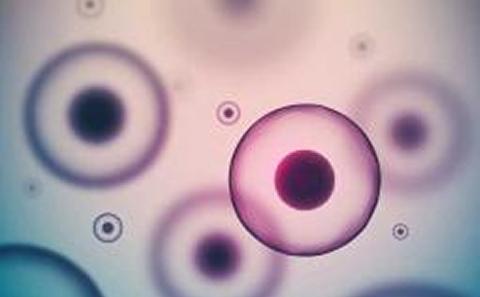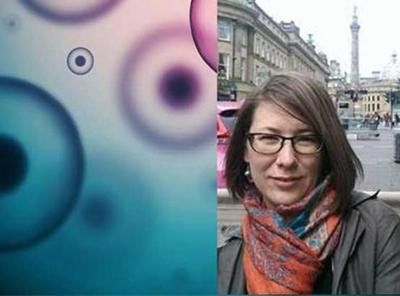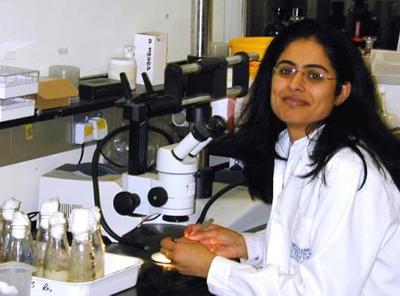Model Making: Mimicking the Body in the Lab Event

- Time:
- 19:00 - 21:45
- Date:
- 25 May 2016
- Venue:
- The View Bar and Bistro, Sports Centre, Thornhill Road, Southampton, SO16 7AY, United Kingdom
For more information regarding this event, please email contact@pintofscience.com .
Event details
As scientists, performing experiments are key to everything, especially for human diseases. However, we are complex beings, which cannot easily be broken down into individual pieces. Come along to learn how our researchers aim to do just this for asthma research and have a go at modelling your own lungs. Pint of Science & e-Life pub quiz prizes. Kindly sponsored by: NC3Rs, eLife & the Faculty of Medicine of the University of Southampton.

Building our airways in the lab
Dr Emily Jane Swindle (Lecturer in Pharmacology)
The cells that line the airways of our lungs are very important as they form a barrier to protect us from the bugs and dust that we inhale. In healthy people these cells work together to maintain healthy airways. However, in people with chronic lung diseases, such as asthma, these cells do not function properly and this barrier is damaged. My research focuses on making human cell-based models of the airway in the laboratory with the help of clinicians, engineers and physical scientists to aid our understanding of how cells communicate and develop new drug treatments for lung disease.

Fruit flies to understand asthma
Dr Amritpal Mudher (Associate Professor in Neurosciences)
The fruit fly has been used for decades to better understand how systems operate in more complex organisms such as humans. From such studies we have learnt how our nervous system develops, how are daily time keeping activities (so called circadian rhythms) are controlled and how some aspects of our immune system works. The airway of the fruit fly is remarkably similar in structure and function to the human airway, and we express genes associated with asthma in the fly airway. Amrit will talk about her study in collaboration with asthma scientists.

Patients in a dish: using stem cells to research blindness
Dr David Christensen (Laboratory Technician)
Age-related macular degeneration is the most common cause of blindness in the UK. It is possible to study this disease by generating a type of stem cell called induced pluripotent stem cells from the skin cells of patients with retinal degenerative diseases. These are stem cells that can become any type of cell in the body. This means that we can use these stem cells to produce retinal cells that we can study to find out what is going wrong in those cells and identify possible treatments. This has been described as “patient in a dish” research.
Speaker information
Dr Emily Jane Swindle ,Lecturer in Pharmacology
Dr Amritpal Mudher,Associate Professor in Neurosciences
Dr David Christensen,University of Southampton,Laboratory Technician